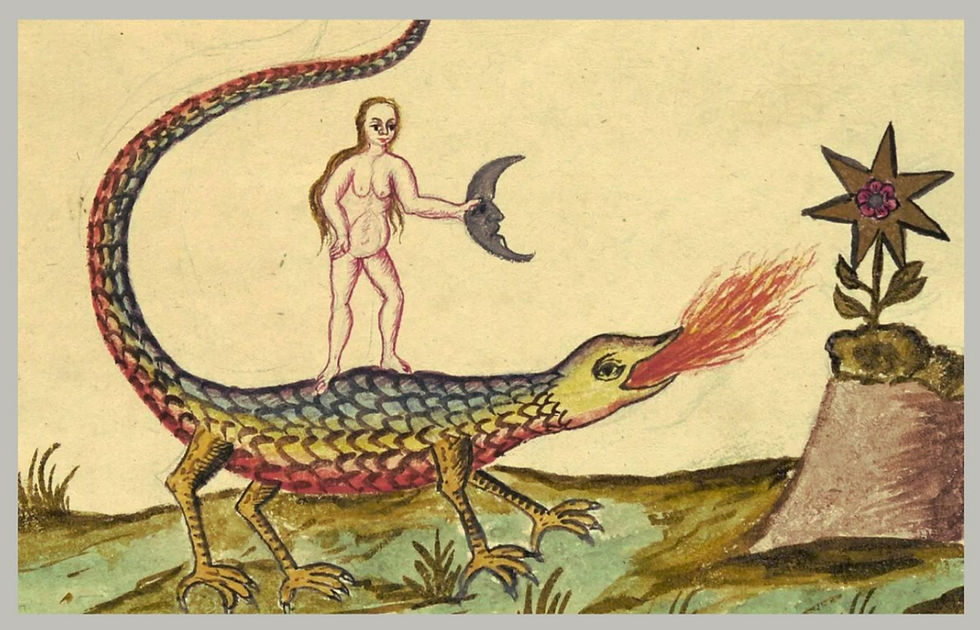Loss And Grief
- Ekta Kumar
- Sep 9, 2022
- 3 min read
https//www.outlookindia.com/website/story/opinion-loss-and-grief/381741
Death is inevitable. It slips in every now and then to remind us of the fragility of life. We have all lost someone at some point, prompting us to think about the universal truth of life. But the past few days has brought death, in a stark and terrifying form, much closer.

It is impossible to forget the images of burning pyres, stacked next to each other, with formless men and women in PPE suits hovering around, as smoke collectively rises up. The endless queue of bodies, wrapped, garlanded and tied to the wooden stretchers, is dehumanizing and painful. It is frightening because it is so ordinary.
In the animal and plant kingdom the transition between life and death is quite unremarkable. But not for us. We are so aware of our own mortality, struggling to survive even though it is a battle that will ultimately be lost. Which is why the death of a loved one is usually marked by an elaborate set of rituals, through which we try and bind those grieving into the world of the living? It is how we cope, across cultures, and through the ages.
Funerals symbolize the endurance of society. It helps us acknowledge the loss, express our grief with our close friends and family, and find a way back to life. Rituals are actions that have shared meaning. The familiar chants, or physical acts bring comfort and a feeling of being in control when faced with an unfamiliar situation. But a crisis can change all that.
A boy carried his dead mother on a motorbike, corpses are piling up in hospital corridors. There is no time to mourn in silence, instead frantic calls are being made to arrange for ambulances and cold freezers. Burial grounds are turning people away, and fires are burning without respite at crematoriums and parking lots, furnaces are melting and smoke from burning flesh is creating a health risk for workers. It’s a deluge. There is no point discussing the validity of the death toll, we can see the crisis unfold around us. It almost like every house knows of a story.
It is easy to be numbed by the rising numbers, to forget that each one has a human face behind it, a life of shared experiences that is unique and equally precious. Mass casualties can be dehumanizing, and for those bereaved, the experience of death in a pandemic can be especially traumatic.
It begins with the enforced isolation in the hospital, separation from near and dear ones, a mad scramble for oxygen, ambulance, medicine and doctors, a lonely death under conditions of intense distress and pain, and then the long and endless wait at the crematorium. For those who have lost their loved ones, there is no time or space for silence. Grief is a natural way of healing for those left behind. But what we have instead is fear, panic and outrage.
It is difficult to find closure in exceptional situations like these. The cumulative burden of unacknowledged grief, unsupported by social systems can have long-term psychological and health repercussions. Each person who dies leaves behind many broken hearts. This is why it is perhaps important to reinforce our connectedness especially in times of suffering. There are enough studies to show we do better together.
The past few weeks we have seen ordinary men and women share information, resources and reach out to help one another. Altruism can be contagious. An unselfish act by one, can prompt the others to follow, or pitch in and do their bit. Helping one another emotionally, physically or financially can also bring in a feeling of control, power and a sense of safety. It reinforces the belief that we are not alone.
Collective action gives us a common purpose. The pandemic might have altered the grieving process, but technology can help us heal. A close-knit community can respond more effectively to not just survive, but also in the long term recover from it.
Death can be frightening, invisible and intensely personal. But grief can be shared.



Comments